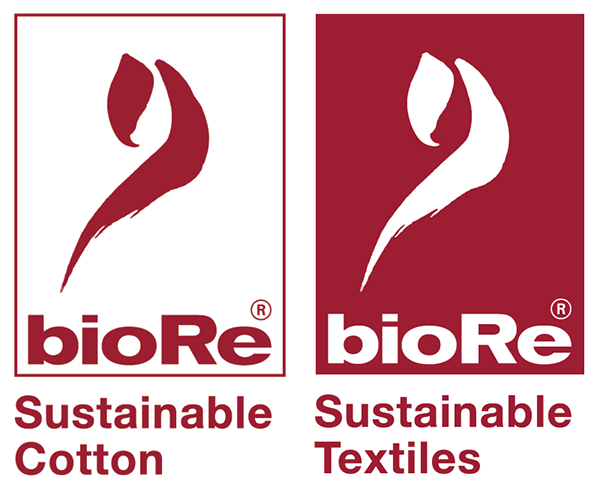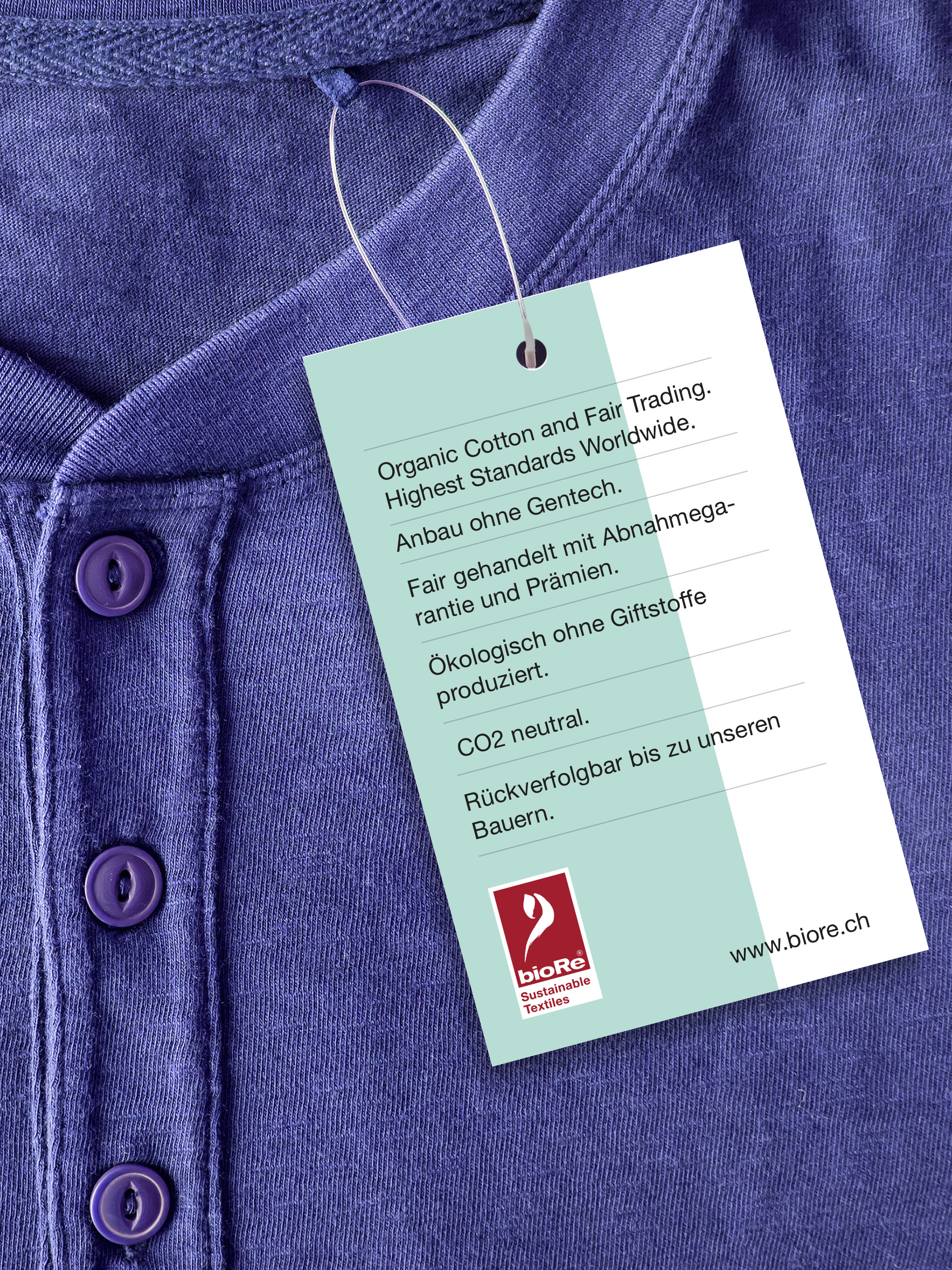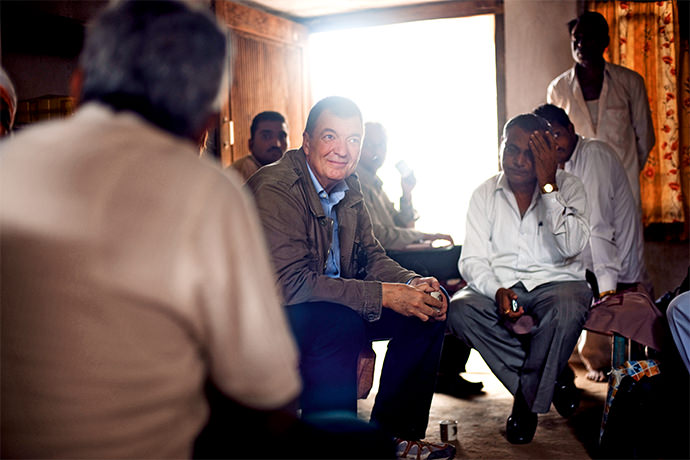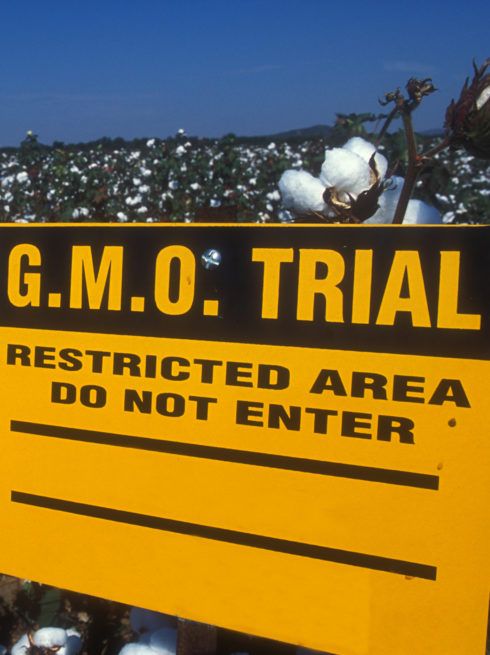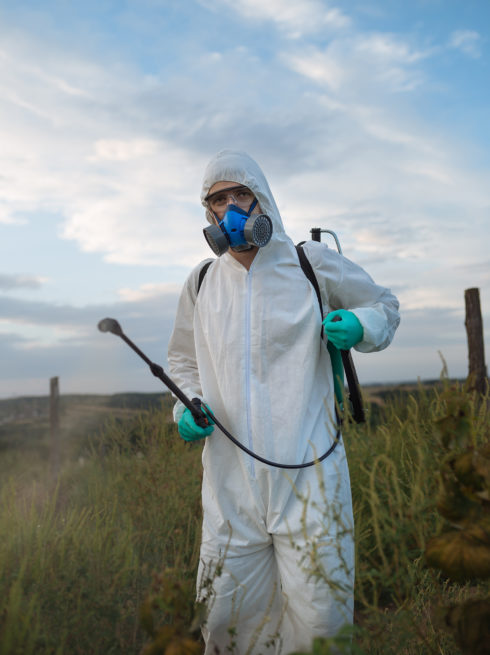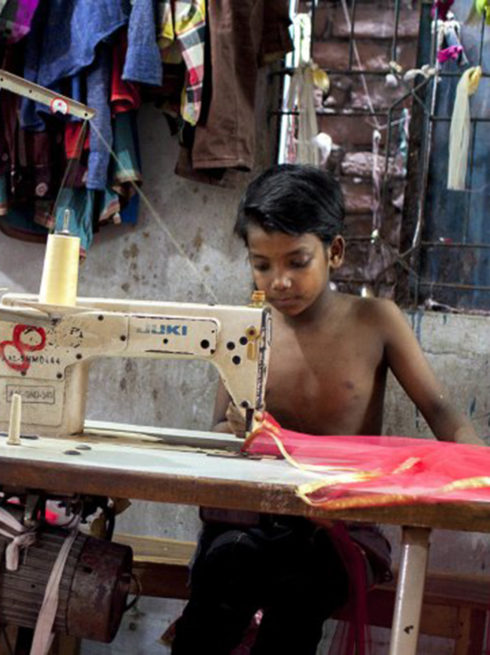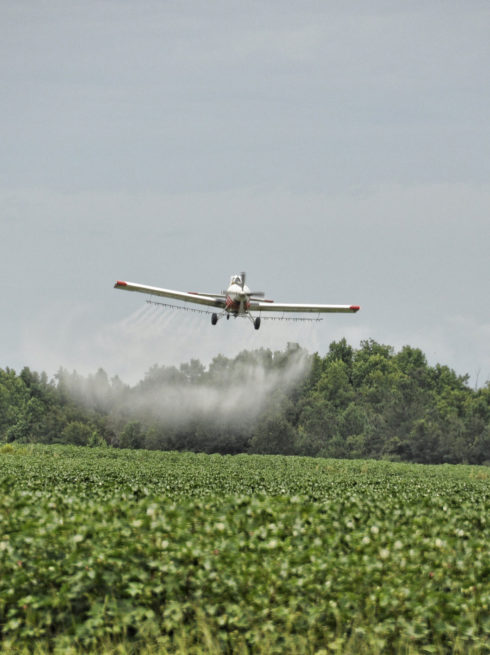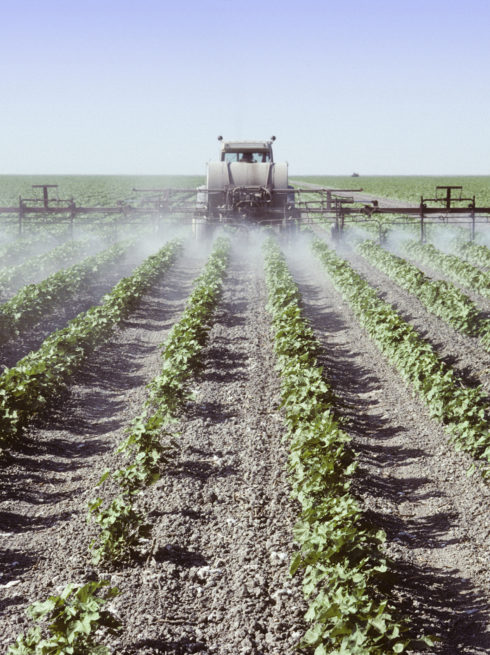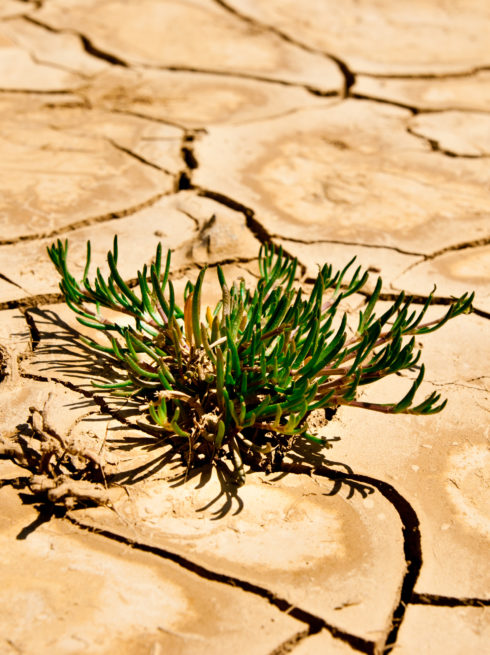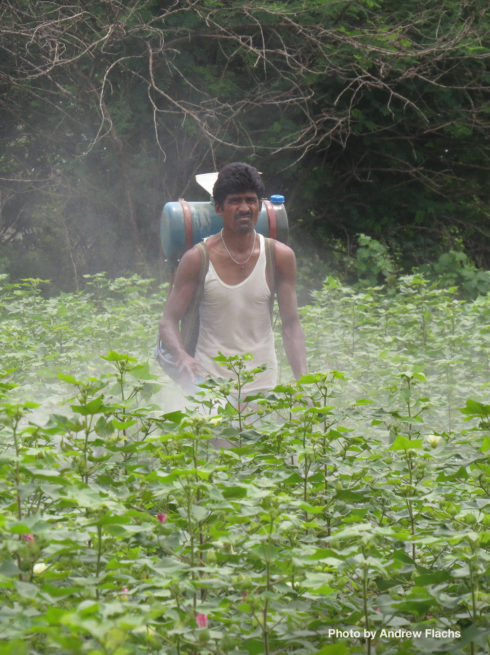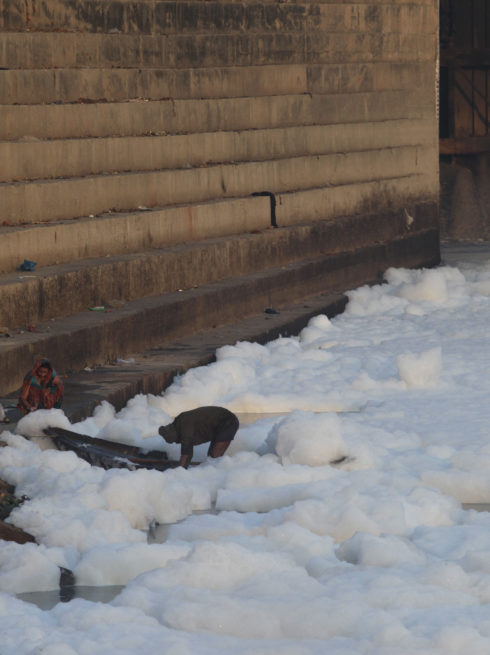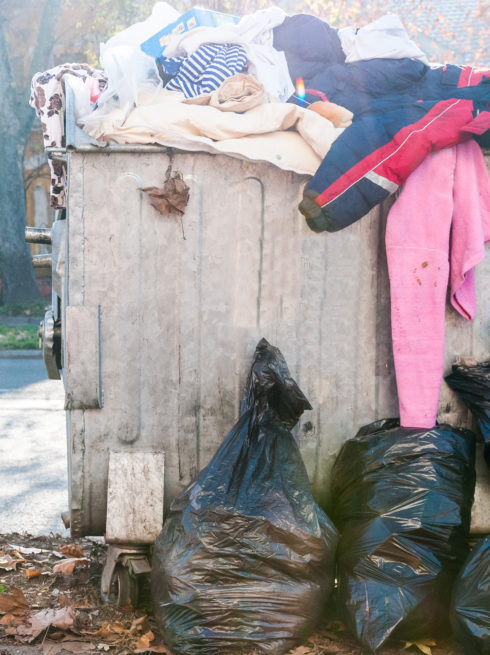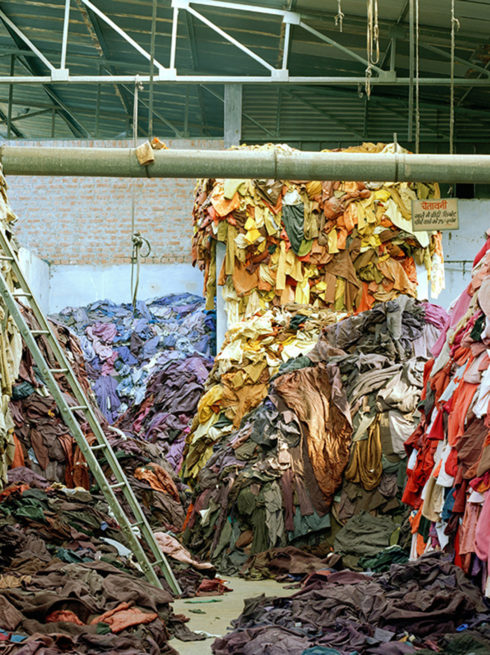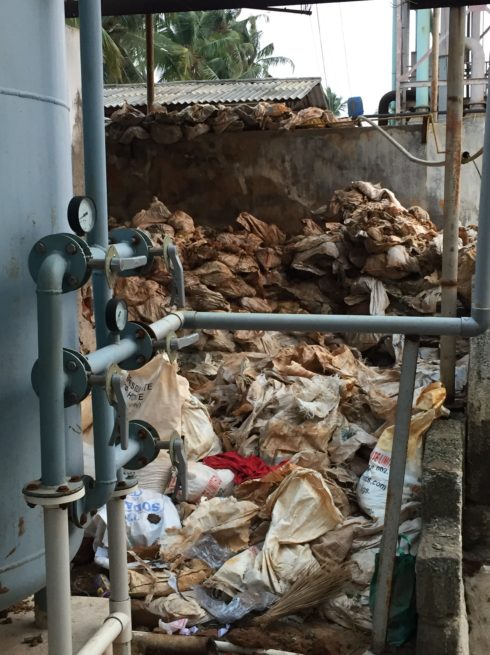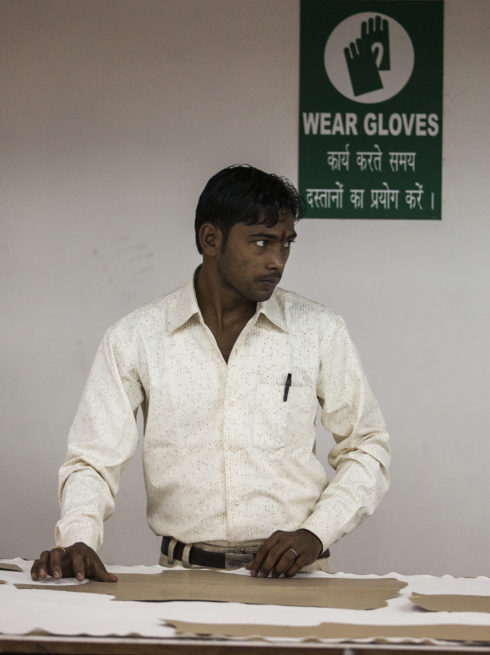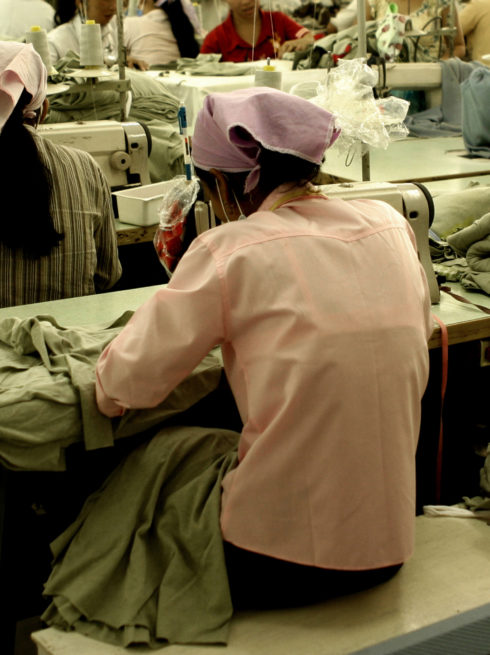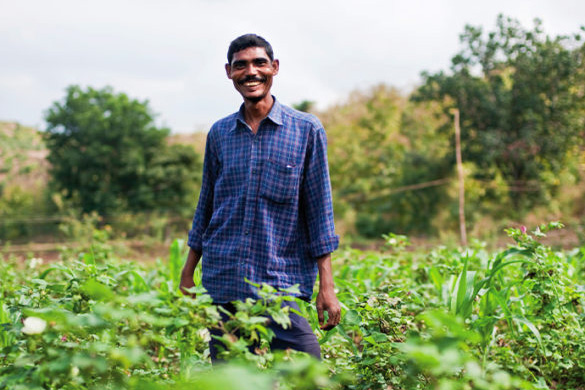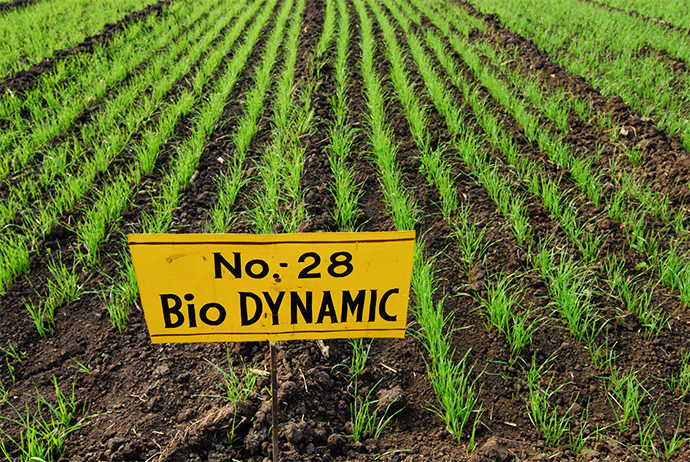Problems and enviromental damage are
increasing. We need radical rethinking.
Nature is being destroyed by agrochemicals and monocultures as well as massive environmental problems and deplorable social situations in cotton farming and the textile industry. Biodiversity is decreasing dramatically. Genetic engineering is leading farmers to disaster. The use of chemicals on fields is causing health problems. Toxic substances and undignified conditions of work in textile factories are bringing misery upon those affected.
Environmental problems in farming.
Problems of conventional cotton production:
High use of chemicals is decreasing biodiversity.
Cotton is farmed on 2,4%1 of global arable land (India 5-6%2). 16%3 of pesticides used worldwide (more than 50%4 in India, according to estimates) end up on cotton fields. High use of environmentally harmful pesticides and synthetic chemical fertilizers, some of which are banned in the Western world. Pesticides are toxic substances used against pests and, unfortunately, against beneficial animals, too. They are a burden to the environment and the cause of the significant decrease in biodiversity.
Monocultures are harming nature.
Genetically modified cotton: pests are adapting.
More than 80%5 of global cotton fields are growing genetically modified cotton, with the number tending to rise. In other words, more than two-thirds of cotton garments are currently made from genetically modified cotton. Consumers have no choice. Declaration is not mandatory. Consumers are not aware of what they are buying.
India: 93%6 to 95%7 of cotton grown in India is genetically modified. This creates new pest patterns such as resistance to the most frequent pest, i.e. the cotton bollworm. Less widely spread pests are developing rampantly. The use of chemicals is rising. This is making farmers dependent on agrochemicals.
Human problems in farming.
High use of chemicals is causing massive health problems.
The health of farmers, cotton pickers on the fields, and farming communities is heavily impacted by the high use of pesticides and chemical synthetic fertilizers in conventional farming.
GMO seeds: a financial trap for farmers.
Agrochemical seeds are making farmers dependent.
In India, more than 90% of seeds are hybrid as all genetically modified seeds in India are hybrid. Thus farmers are forced to buy their seeds every year. There are hardly any farmers left enjoying seeds sovereignty. Organic cotton seeds are no longer available in the market. Cotton farmers depend entirely on seeds providers and the pricing policy of agrochemical businesses. At the same time, there is no certainty with regard to cotton sales. Farmers are bearing the full risk and have to struggle for access to the market.Environmental problems in industrial production.
Environmental pollution caused by the textile industry.
Textile is usually produced in countries with low environmental standards. As a result, many dyeworks, printing shops, and other textile-finishing processes go uninspected, and effluents are fed into bodies of water unpurified. Even though dyes have been improving, major environmental issues continue to persist in areas close to industrial production. Industrial production is extremely energy-intensive.
A majority of textile-production processes requires a great deal of energy, primarily from non-renewable resources. State requirements and investment in renewable sources of power and heat are often insufficient. Mountains of waste due to lowest-cost textiles.
More than 100 billion pieces of clothing are produced annually. 50% of the material used for global garments production is made of cotton8. More than 100 billion pieces of clothing are produced annually. 50% of the material used for global garments production is made of cotton.
Human problems in industrial production.
Poor conditions of work in the textile industry.
The textile industry is known for often utterly poor conditions of work in its factories. Excessively long working hours, child labour, or pay below the level of subsistence are some of the critical human-rights violations in conventional textile production. Such misery is the result of massive price pressure on the textile factories, change of suppliers at short notice, and insufficient state supervision.Lack of safety and protection for workers with terrible consequences.
Workers in the textile industry are exposed to many hazards, e.g. when using dyeing agents or operating machinery. When dangerous work is performed without protective clothing, or machines are not sufficiently safe, the workers are exposed to major risks. Such situations arise when both governments and factories fail to enforce laws and standards, usually for reasons of cost.Intransparency of the textile chain is the primary cause of severe social problems.
The primary cause of the persistent social problems in the textile industry is the extent of the mostly intransparent textile chain, which makes problems impossible to identify. As a result, no efforts are being made to bring about improvement, and lack of social accountability among many textile customers remains a sad reality.
Quellnachweise
- According to Research Institute of Organic Agriculture 22.03.2019
- Environmental Justice Foundation and Pesticide Action Network, 2017: Report: The deadly chemicals in cotton, p.2
- Environmental Justice Foundation and Pesticide Action Network, 2017: Report: The deadly chemicals in cotton, p.2
- Environmental Justice Foundation and Pesticide Action Network, 2017: Report: The deadly chemicals in cotton, p.2
- According to Forum Bio- und Gentechnologie e.V.
- ISAAA. 2017. Global Status of Commercialized Biotech/GM Crops in 2017: Biotech Crop Adoption Surges as Economic Benefits Accumate in 22 Years. ISAAA Brief No. 53. ISAAA: Ithaca, New York
- Riar, A., Mandloi L. S., Messmer, M., Poswal, R. S., and Bhullar, G. S. (2017). A diagnosis of biophysical and socio-economic factors influencing farmers’ choice to adopt organic or conventional farming systems for cotton production. Frontiers in Plant Science – Agroecology and Land Use Systems, 8: 1289. doi: 10.3389/fpls.2017.01289.
- According to Bericht von Utopia.de on February 13, 2017
